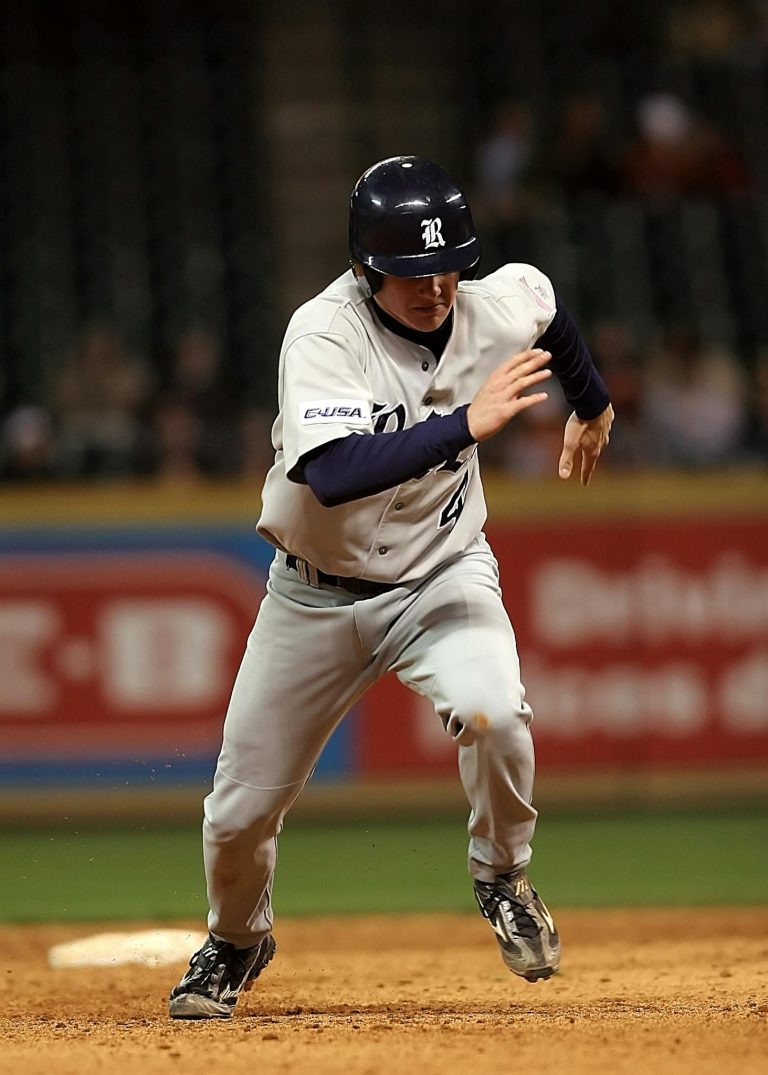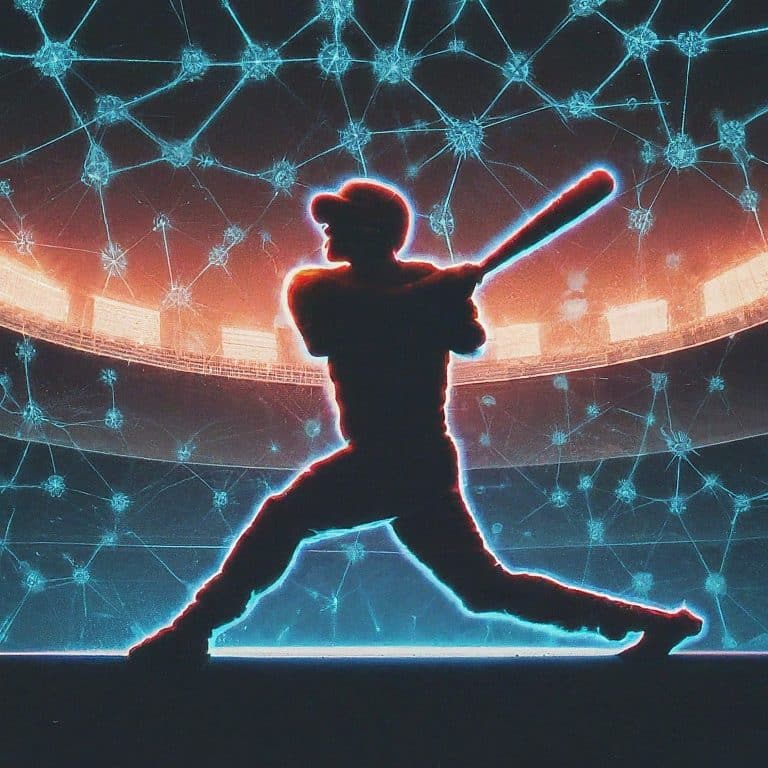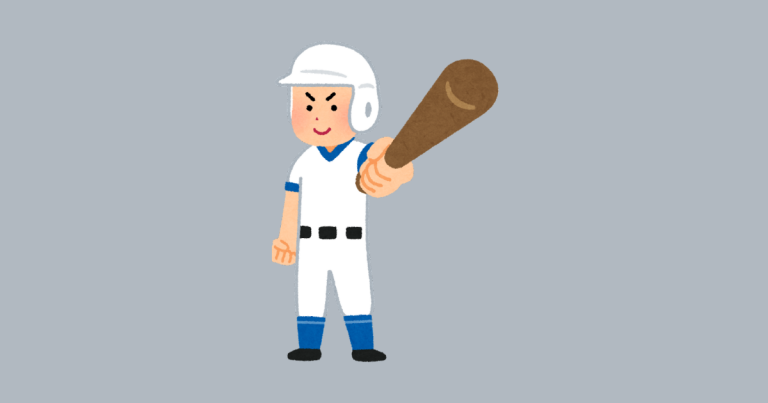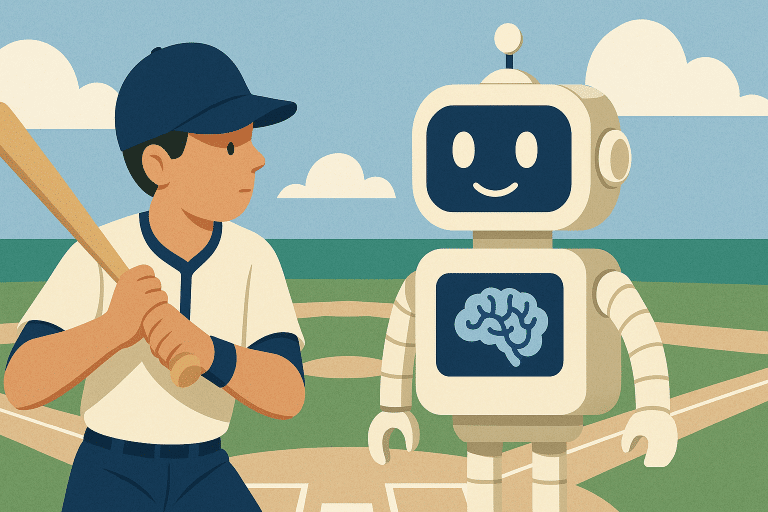Are RoboUmps About to Take Over MLB?

Introduction: For many, the thought of robot umpires in Baseball might evoke memories from the 2004 Sci-Fi thriller I, Robot, where robots pushed their boundaries and questioned human authority. When it comes to calling balls and strikes, are we really gonna to put America’s Pastime in the hands of a bunch of robots? But how far is MLB willing to go to correct some of those thousands of missed calls we see each year? Let’s take a swing at understanding the cutting-edge tech being discussed and the impact it would have on the game.
How Many Missed Calls Are We Talking About?
Let’s start with some stats, shall we? According to Codify Baseball, there were 21,000 missed calls in 2023 and that was a very good year for MLB umpires. Missed calls are balls, strikes, out, and safe calls. So, based on those numbers, there were nearly nine(8.64) missed calls per game during the 2023 season. Thanks to replay challenges, many bad calls have been overturned. But at this point, there is no challenge to balls and strikes. Is that about to change?

MLB is looking to make some changes with RoboUmps or automated ball-strike(ABS), which could eliminate many of the bad calls we see on a night-in-night-out basis.
What Are RoboUmps and How Do They Work?
- RoboUmps, or automated ball-strike systems (ABS), are high-tech systems that are used to call balls and strikes. They have cameras and artificial intelligence to track the ball’s trajectory and determine its position relative to the strike zone as it crosses the plate. The Hawk-Eye camera technology, similiar to whats used in tennis, provides player-specific strike zones based on their stance and physical measurements. This ensures the strike zone is tailored to each batter, making it more precise than the traditional human-umpire system. The system is being tested in minor league games, particularly in Triple-A, where a challenge system allows players to contest the umpire’s call, using the ABS to verify the decision.
Are RoboUmps About to Take Over MLB?
- Despite its potential, the ABS system faces a number of challenges before it can be introduced by Major League Baseball (MLB). On e of the big technical difficulties is accurately setting the strike zone for each player and ensuring the system operates smoothly without glitches. MLB Commissioner Rob Manfred hopes to give it a trial run during 2025 Spring Training games. If the trials are successful and the feedback is positive, MLB could potentially use robot umpires by 2026. However, the league is proceeding cautiously, as it wants to ensure that the technology enhances the game without diminishing its essence.
How Would ABS Work?
Thats a great question. It’s not clear yet how it would work; there are two possible approaches:
Fully Automated System
Under the fully automated ABS, also known as “robot umps,” the Hawk-Eye is the umpire making all balls-and-strikes calls. The calls are relayed to the home-plate umpire through an earpiece. The strike zone is customized for each player based on their height and stance, explicitly considering the location of their knees and hips. This technology is being tested in Triple-A games and other lower-level leagues to assess its effectiveness and reliability.

Challenge System
In the challenge system, umpires make the ball-and-strike calls as usual, but each team would have a limited number of challenges to review these calls. In this scenerio, the Hawk-Eye system would verify the call, and if the challenge is successful, the team retains the challenge for further use. This system is seen as a compromise between full automation and traditional umpiring, allowing for strategic use of challenges. The league has received significant support for the challenge system from players and fans over full automation or the current system.
The Pros of Implementing RoboUmps in MLB
Robo Umps provides consistent and accurate calls, reducing the margin for error that human umpires might have due to fatigue, emotions, or biases. We’ve all watched those games where the balls and strike calls were all over the map. ABS would go a long way toward giving players and fans confidence in each decision. Other advantages:
- Better Player-Unpire Relations: Robo Umps can reduce conflicts between players, coaches, and umpires, often arising from controversial calls. This allows players to focus on their performance without feeling unjustly treated.
- Enhanced Fan Experience: Robo Umps can keep the focus on the players’ skills and strategies rather than officiating controversies, which can overshadow the excitement of the game. A smoother, more transparent officiating process can only enhance the fan experience and attract a broader audience.
- Adaptation to Technological Advancements: Like with many things MLB is doing to improve the game, implementing Robo Umps will only help to keep the game relevant in a rapidly changing world. The transition to electronic strike zones is expected to be smooth, as similar technologies are widely used in Baseball.
Implementing Robo Umps represents a progressive step forward for Baseball, promoting fairness, enhancing the fan experience, and maintaining the sport’s integrity.

Potential Drawbacks and Concerns
Yes, there are concerns with shifting to the RoboUmp/ABS system.
Loss of the Human Element: One of the primary concerns is that RoboUmps could remove the human element from the game. The game is played by humans and baseball is steeped in tradition, and many fans and players appreciate the unpredictability and drama that human umpires bring, including the ability to argue calls and the unique characteristics of different umpires. The human element is seen as an integral part of the game’s charm and strategy.
Impact on Strategy: Strategies that are so unique to baseball could be impacted. What do I mean? RoboUmps could change key aspects of the game, like the art of pitch framing by catchers and pitchers’ ability to take advantage of umpires’ unique tendencies. The consistency of an automated strike zone may reduce the effectiveness of these strategies, which are essential components of the game for both players and coaches.
Resistance to Change: As we know baseball is a game of tradition and not swift to change. There is very much a cultural resistance to change within the sport, with some fans and players preferring the current umpiring as it is.The transition to ABS is seen by some as an unnecessary modernization that could detract from the essence of the game.
Are RoboUmps About to Take Over MLB?
Player reaction to RoboUmps
As you would expect players’ opinions on RoboUmps, or automated ball-strike systems, are all over the map with a mix of enthusiasm, skepticism, and concern about the impact on the game.
- Support for Accuracy and Consistency: Many players value the improved accuracy and consistency that RoboUmps offer, arguing that an automated system could eliminate the frustration caused by inconsistent human umpires. By reducing controversial calls, RoboUmps could create a fairer playing field, allowing players to focus more on their performance rather than disputing decisions.
- Concerns About Losing the Human Element: But players worry that RoboUmps could undermine Baseball’s traditions. They argue that the human element—such as arguing balls and strikes—is vital to the game’s culture. Players fear that the art of pitch framing and strategic nuances could be lost if every call is automated by Hawk Eye.
- Mixed Feelings on Implementation: Some propose a hybrid model where human umpires make calls but use technology to correct major errors, preserving tradition while increasing accuracy.
Overall, while the benefits of RoboUmps are huge, many players remain cautious and concerned about the implications for the game’s tradition and strategy.

What Do The Fans Think?
- Support for Consistency: MLB fans (48%) support the automated ball-strike system, believing it will eliminate human error and bias in umpiring. Fans argue that a consistent strike zone, regardless of the umpire, would only enhance the game’s fairness.
- Concerns About Tradition: At the same time, like the players, some fans are concerned that RoboUmps could impact Baseball’s traditions. They worry that the human element will be lost, as well as the drama of arguing calls with umpires. Some fans prefer a system where human umpires retain the authority to call the game, with RoboUmps available to correct egregious mistakes rather than calling every pitch.
- Mixed Feelings on Implementation: Some fans remain skeptical about the technology, fearing the loss of the emotional engagement of umpires. Fears of a RoboUmp making questionable calls, like calling a pitch that bounced in the dirt a strike, only add to this skepticism.
Conclusion: One of the main reasons for considering robo-umpires is to eliminate human error in calling balls and strikes. Umpires can sometimes make inconsistent or incorrect calls, which can significantly impact the outcome of games. Using the latest technology, baseball can improve on that, providing more precise and consistent calls Why wouldnt you want to use the l;atest technology to improve the game! For this baseball fan its a no-brainer.






